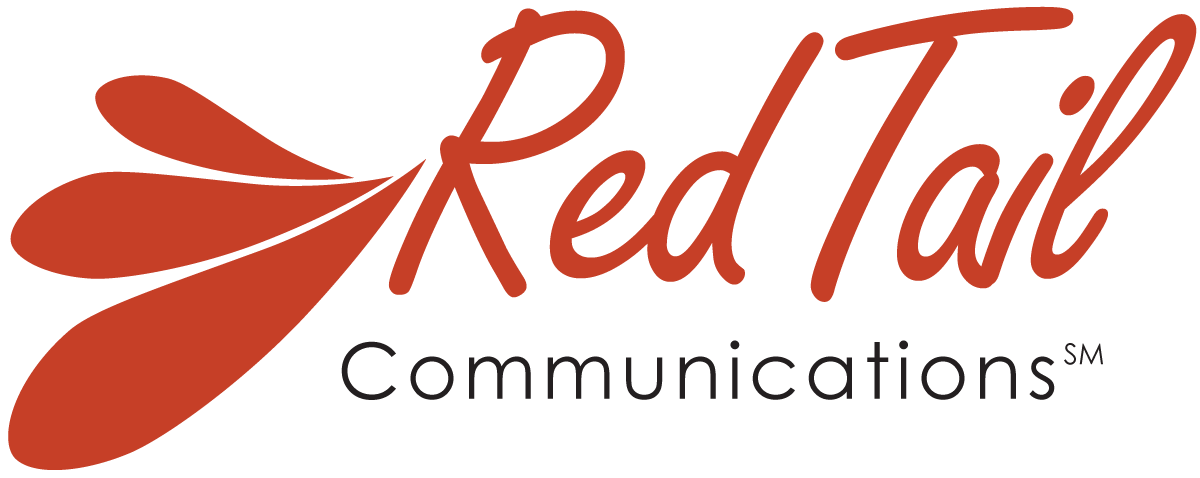Brand Matters
By Robin Francis, leader, global strategic communications and brand
Based in Twin Cities, Minnesota
In a recent survey of Chief Marketing Officers (CMOs) respondents reported that brand strategy and activation are near the top of their priorities list, and account for nearly 10% of their budgets. (STAMFORD, Conn. May 23, 2022 Gartner Survey Reveals Marketing Budgets Have Increased to 9.5% of Overall Company Revenue in 2022).
Coca-Cola spends an average of $4 billion on branding each year. Wow! So, why is brand often undervalued as a revenue producer?
Branding is widely misunderstood, particularly in companies that have less experience with the power of effective branding. Simply put…..your brand is what your company stands for and how your company is known to your customers.
Say that your organization is high-touch and, among other attributes, is focused on walking customers through the purchase process to exceed customer expectations. Being high touch could describe retail enterprises, manufacturing, and wealth management organizations. Ninety-six percent (96%) of consumers report that excellent customer service builds their trust in a brand. I have worked with wealth management units who remodeled their offices to resemble the clean, modern look of an Apple store in order to set themselves apart and court younger customers. How do organizations start the brand process?
Shaping and sustaining your brand
The first step to shape your brand is to establish a vision and ask strategic questions: What business issues/problems will branding solve?
For example, a company may decide to strengthen its customer journey but have different goals for customers in different stages. In my consulting work with a small chemical company, my team built a global website that facilitated quick access for U.S. customers to product information quotes and safety data sheets. We also created opportunities for global customers to learn more about the company by watching a brand video in their language or exploring an interactive history of the company.
In order to set goals and establish strategies, you need to understand your customers and their perceptions of your company. This means that you should conduct customer research and gather customer insights. Next, cast a wide net and compile data from a global group of customers.
Your customers will have unique challenges and needs based on their individual context and practices. Without this deep knowledge, your brand will not directly address these challenges nor clearly articulate how your company can solve customer problems or deliver a satisfying customer experience.
Customer-focused mindset
Keep in mind, also, that it is not about you, your sales team, or your marketing team. It is about your customers and how they feel. Once you have made informed brand decisions, you can then position your brand and develop comprehensive brand guidelines.
However, your work is not finished. Maintaining brand consistency is one of the toughest aspects of branding. Staying the course rather than diluting your brand by experimenting with new messaging, due to brand boredom, will require discipline and savvy.
Maintain consistency and repetition. When you have grown tired of your messages, your customers are just beginning to absorb them. “Our brains learn new things by creating new neurological pathways – both in how we think and how we work. These pathways are strengthened through repetition and repetition plays an important role in how our brains retain information, “according to Werna Oberholzer in her 2021 LinkedIn article, The power of message consistency and repetition.
Werner also points out that “consistency and repetition are not the same things, but they are related.” Consistency, she asserts helps to build a sense of certainty, which our brains crave.
Finally, branding is a team sport that requires alignment among your organization’s senior leaders and employees. When onboarding new employees, organizations need to be intentional to promote understanding of their brand and its messaging. Every member of the organization can then become a brand ambassador.
Robin Francis is a communications and branding professional with significant cross-industry experience. Robin specializes in designing the architecture for success and market leadership, including thoughtful, multichannel approaches that elevate products, services and the perspectives of leaders. Robin excels in start-up mode working with a blank canvas to build out programs and processes focused on boosting interactions with customers, stakeholders and team members. Her career in strategic communications has spanned corporate, non-profit and public sector organizations. She has led high visibility issues management and public relations programs and steered global marketing and storytelling initiatives. Find her on LinkedIn.

